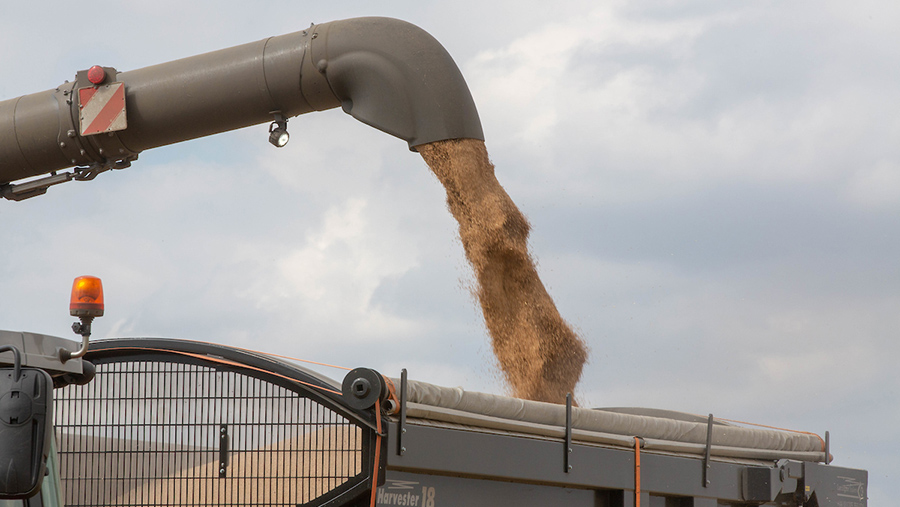Slow grain trade sees values creep down further
 © Tim Scrivener
© Tim Scrivener The grain market has quietened as the holidays approach, with light trading mainly represented by feed manufacturers and millers taking the opportunity of a bit more cover at these reduced prices.
London’s May 2023 feed wheat futures values remained below £240/t for the first half of the week starting 19 December, while ex-farm trade was thin.
Commodity analyst CRM said the market was lacking clear direction, with attention increasingly focused on the prospects for harvest 2023.
Ex-farm values for January on Wednesday 21 December ranged regionally from £220/t to £231/t for feed wheat. January feed barley was worth £203-£216/t.
See also: HMRC investigations – how they arise and how to handle them
The EU’s December Mars crop monitoring survey found that winter crops across Europe are generally faring well, with only minor frost damage in some areas in central and eastern Germany and Poland.
Early Bird Survey
The AHDB’s final Early Bird Survey of plantings, released on Wednesday 21 December, shows a rise in area for wheat (up 1% to 1.821m hectares), winter barley (up 4% to 450,000ha) and oilseed rape (up 14% to 416,000ha) for harvest 2023.
Across the regions, eastern England still grows the largest area of wheat, but has seen a year-on-year drop in plantings, while many other areas have increased their share, including relatively large percentage gains in Wales and Northern Ireland, said AHDB Cereals and Oilseeds.
Spring barley plantings are forecast to drop in almost all regions, except small increases in the East Midlands and Yorkshire and the Humber.
Despite decreases in Scotland and in Yorkshire and the Humber regions, winter barley areas are forecast to increase in all other UK areas.
The 2023 oat crop area looks to be the smallest since 2017, while the arable fallow area in the survey, at 290,000ha represents a 9% rise compared with the Defra 2022 census arable fallow area.
The AHDB Early Bird Survey is carried out each autumn by the Andersons Centre, with help from the Association of Independent Crop Consultants and other agronomists, to assess national cropping intentions.
This year’s survey covered 502,00ha and represents the intentions of farmers across the UK during a snapshot in time. Data was still being collected for the provisional results up until 8 November 2022.
